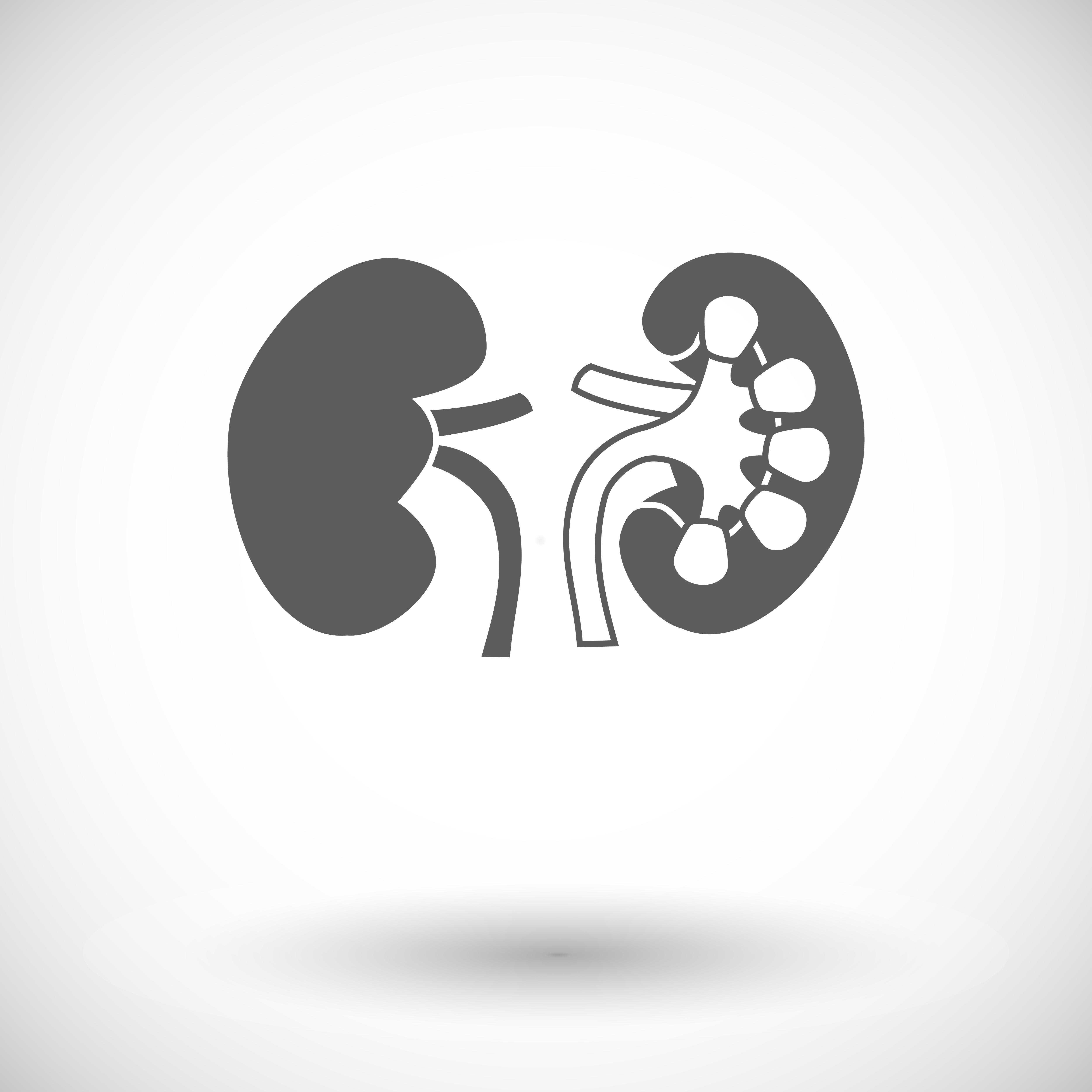RSVP for Thursday’s Webinar – Home Dialysis: Is It Your Best Treatment Option?
Join us on Thursday, August 16 at 2:00PM Eastern to learn if home dialysis would be an appropriate treatment option for you or your family. This program will help you: Learn about treatment options Weigh the benefits of more frequent dialysis Develop questions to ask your doctor when choosing your treatment choice Understand the patient's perspective by hearing a patient's dialysis story RSVP to attend. This webinar will be presented by: Dr. Michael Kraus, MD, FACP Nephrologist, Indiana University School of Medicine Associate Chief Medical Officer, NxStage Medical, Inc. Vanessa Evans, Dialysis Patient Patient Advocate Manager, NxStage Medical, Inc. Dialysis patient for 20 [...]






